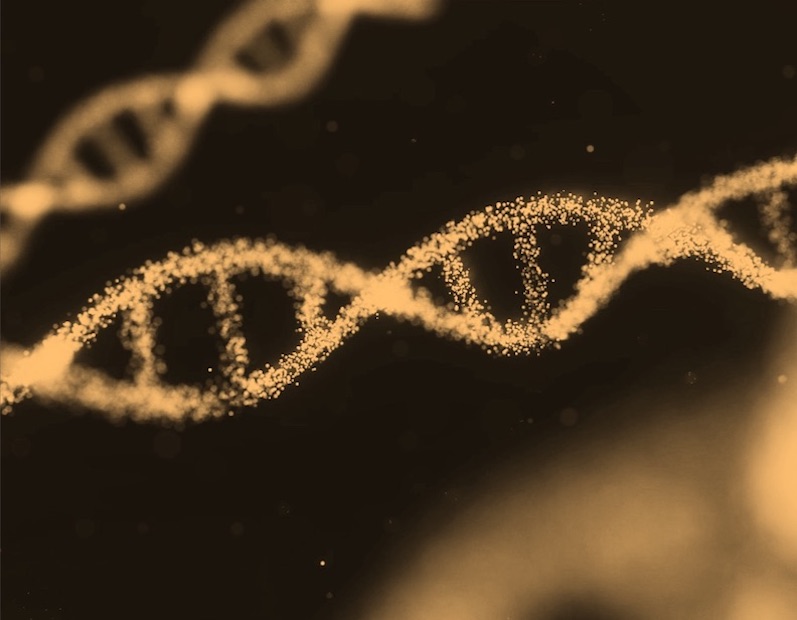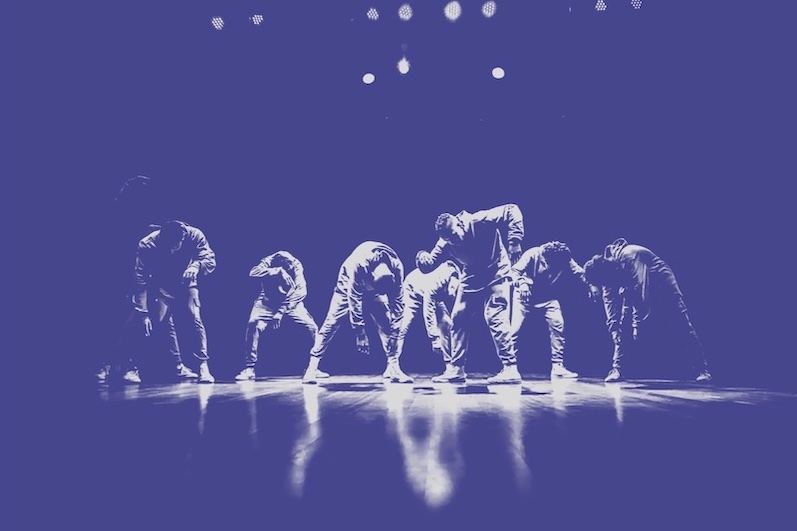What is it about?
Transcranial Magnetic Stimulation (TMS) uses electromagnetic pulses to stimulate brain cells. Repetitive TMS (rTMS) has been shown to help treat depression, especially in cases where other treatments fail. Researchers have studied different methods of applying TMS, and some have been FDA-approved for depression and other conditions like OCD. This review explains how TMS works, its effects on the brain, and research on using it to treat depression. It also covers newer techniques like theta burst stimulation and faster treatment schedules, as well as patient care and safety during treatment.
Featured Image

Photo by Anthony Tran on Unsplash
Why is it important?
Treating Depression With Repetitive Transcranial Magnetic Stimulation: A Clinician’s Guide is a timely and important expert review that brings clarity to a fast-evolving area of mental health treatment. Depression remains one of the leading causes of disability worldwide, and for many people, medications and psychotherapy alone are not enough. Repetitive transcranial magnetic stimulation (rTMS) offers a non-invasive, safe, and effective option—especially for people with treatment-resistant depression. This article is unique because it distills three decades of scientific research into a practical, clinician-friendly guide, bridging the gap between research evidence and real-world clinical application. It explains not just how rTMS works, but how it can be tailored to meet individual patient needs, including newer and faster treatment approaches like theta burst stimulation and accelerated treatment schedules. The article is especially valuable now because the field is expanding rapidly, and clinicians are seeking reliable guidance amidst a growing array of devices, protocols, and claims. This review helps demystify the science and provides actionable insights to help clinicians safely and effectively use rTMS. Its impact lies in promoting earlier access to care, improving treatment precision, and ultimately expanding the reach of evidence-based care for people struggling with difficult-to-treat depression.
Perspectives
This publication represents a milestone in our effort to make evidence-based brain stimulation therapy more accessible and understandable for clinicians. With the rapid expansion of rTMS research and clinical use, I saw a clear need for a practical, authoritative guide that clinicians could trust. This work synthesizes complex science into usable knowledge, with the goal of improving how and when patients with treatment-resistant depression can benefit from this powerful therapy. It’s a contribution I hope will empower more clinicians to confidently offer rTMS and help close the gap between innovation and everyday psychiatric care.
Leo Chen
Read the Original
This page is a summary of: Treating Depression With Repetitive Transcranial Magnetic Stimulation: A Clinician’s Guide, American Journal of Psychiatry, April 2025, American Psychiatric Association,
DOI: 10.1176/appi.ajp.20240859.
You can read the full text:
Contributors
The following have contributed to this page







